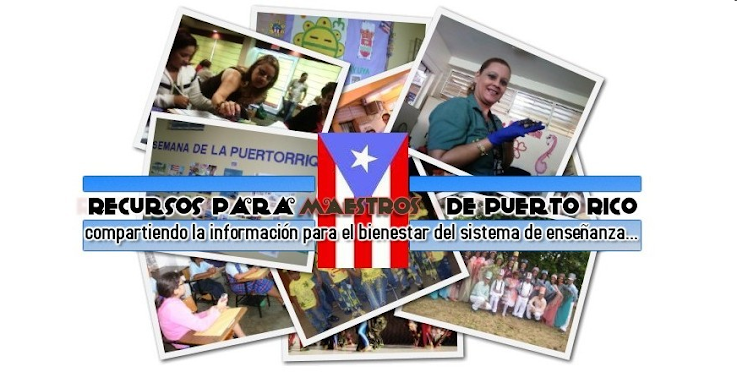Education Technology Research
About half of all public schools in the United States are providing handheld devices to administrators, teachers, or students, and, according to a new report released by the United States Department of Education, every single public school in the country is using computing technology in some way as part of instruction.
The report, "Educational Technology in U.S. Public Schools: Fall 2008, First Look," gathered responses from more than 1,500 schools in all 50 states and the District of Columbia in fall 2008, with data weighted to represent all primary and secondary schools in the United States. The report is designed to provide national estimates on "the availability and use of educational technology in public elementary and secondary schools" for the reporting period. It's part of a triptych of reports that includes district, school, and teacher surveys.
According to the report, most public high schools were providing handheld computing devices to administrators (56 percent) as of fall 2008, as were nearly half of primary schools (47 percent). But teachers and students aren't so fortunate. Fifteen percent of public schools were providing their teachers with handheld devices as of fall 2008, and only 4 percent provided them to students.
Among those schools providing mobile devices to administrators, the mean number of devices was two. The survey found that among schools that provide mobile devices to teachers, there were, on the average, four teachers for every handheld. And among those that supply mobile devices to students, there were 21 students per handheld device, on average.
But classroom technologies have achieved even deeper penetration.
Computers and Internet Access
Every public school in the United States had at least one computer with Internet access that was used for instruction as of fall 2008. The mean number of students per Internet-connected computer was 3.1. And most of these computers (76 percent) were desktops.
The vast majority of schools in fall 2008 were running Windows XP (84 percent), with Mac OS X 10.x at 31 percent of schools, Windows NT or 2000 at 27 percent, Windows 95 through Me at 23 percent, Mac OS 9 or earlier at 15 percent, Windows Vista at 13 percent, and Windows 3.1 or DOS at 2 percent.
Almost all (98 percent) of instructional computers had Internet access.
Wireless access, however, was a different story. Seventy-eight percent of public schools reported having some form of wireless network on campus, but only 39 percent said their wireless access was available across the entire campus. Another 30 percent said wireless was available in only part of the school. And 9 percent said their wireless connections extended only from a laptop to a cart, with the cart plugged into a wired port in a wall.
Classroom and AV Technologies
Further, a full 97 percent of public schools had installed projectors on campus, with an average ratio of 32 students per projector. Interactive whiteboards also saw significant penetration, with 73 percent of public schools reporting deployments at an average ratio of 65 students per device.
The survey measured several other teaching technologies as well. Videoconferencing systems were installed in 22 percent of schools, with an average of 308 students per system. Still and video cameras were in 93 percent of schools, with 74 students per device. There were document cameras in 52 percent of schools, with 59 students per device. And there were classroom response systems (also known as student response systems or classroom clickers) in 38 percent of public schools, with 144 students per device on average.
Some other significant findings based on the survey included:
- Nationwide, the ratio of students to Internet-enabled instructional computers was 3.1 to 1;
- A full 91 percent of computers in public schools were used for instruction, and almost all of them (98 percent) had Internet access;
- About 51 percent of these, excluding laptops on carts, were located within classrooms;
- A relatively large 15 percent of these were reported as being less than a year old;
- Only 31 percent of public schools reported having full-time support staff dedicated exclusively to technology;
- Nearly half of high schools (47 percent) reported having such staff, compared with 27 percent of elementary schools;
- Sixty-seven percent of schools reported that teachers themselves were involved in integrating technology into instruction in a "major" or "moderate" way, compared with 63 percent of school-level technology staff; and
- Eighty-six percent of schools reported that district level staff provide technical support to a major or moderate extent, while 72 percent reported the same of school-level technology staff.
Further information about the first-look survey, including a PDF of the initial report, can be found here. Teacher-level survey results are expected to be released in spring 2010.















No hay comentarios:
Publicar un comentario